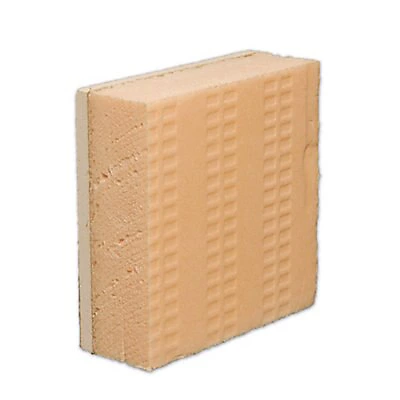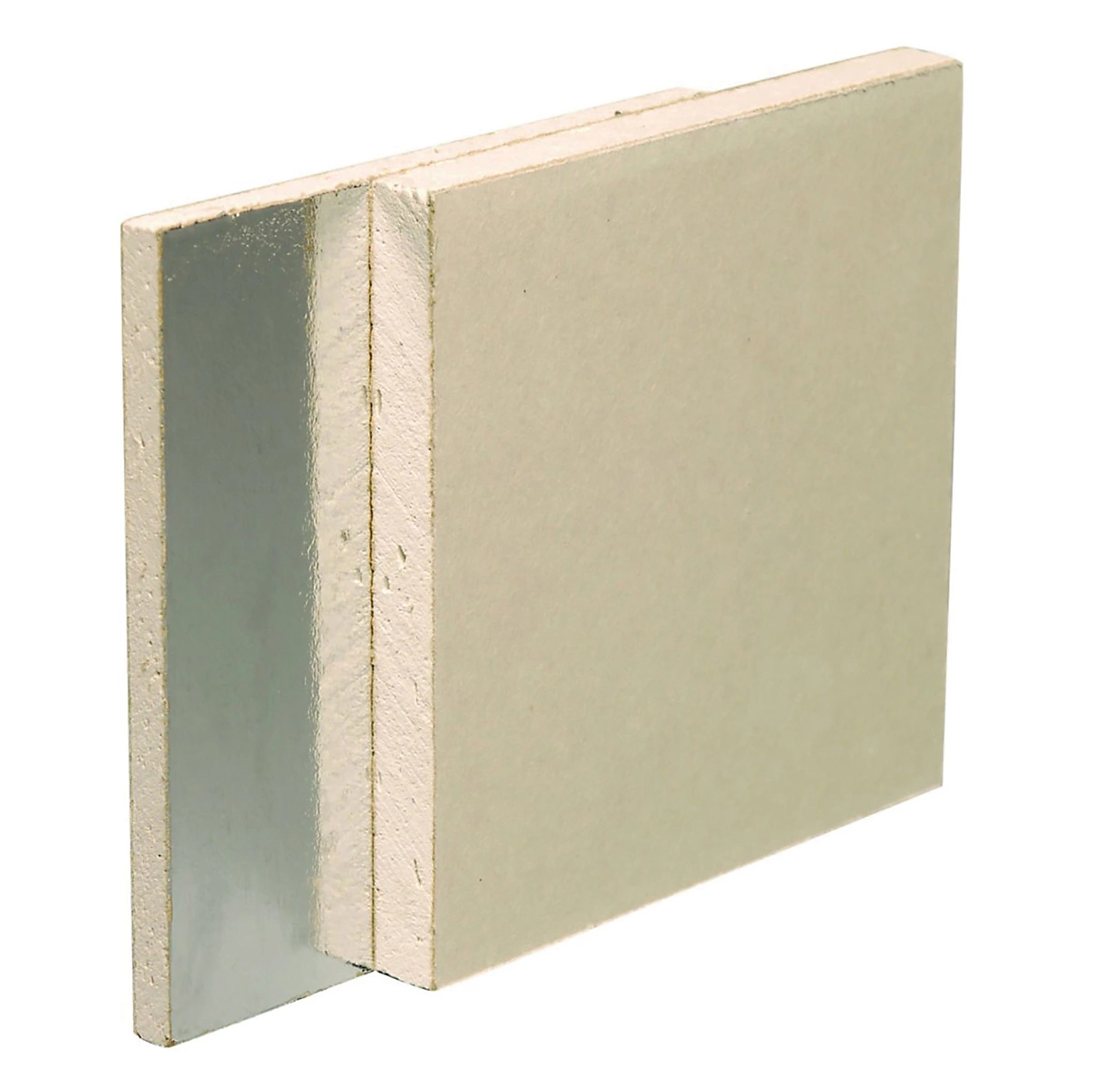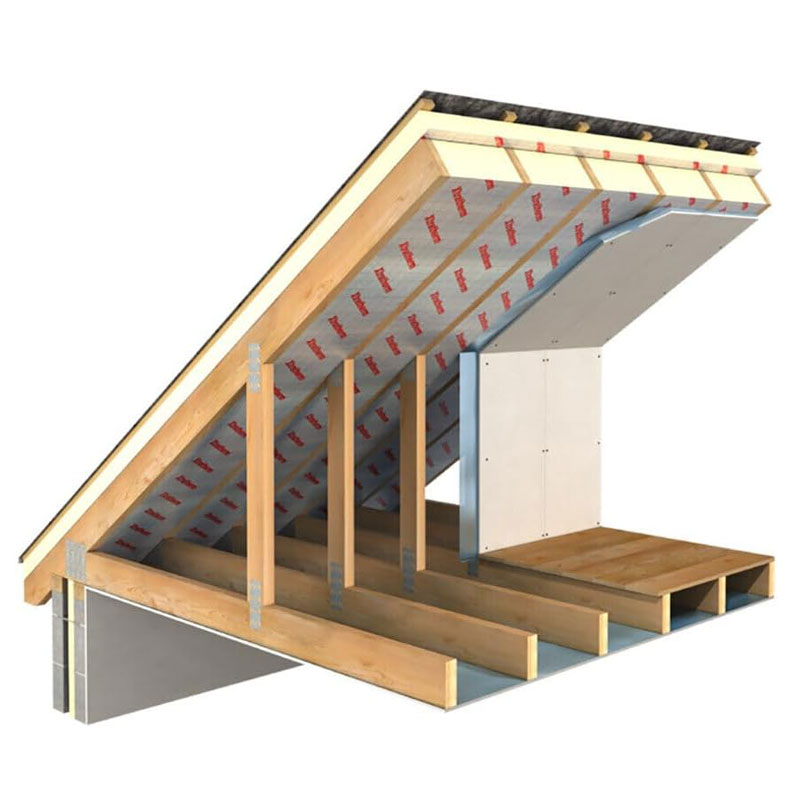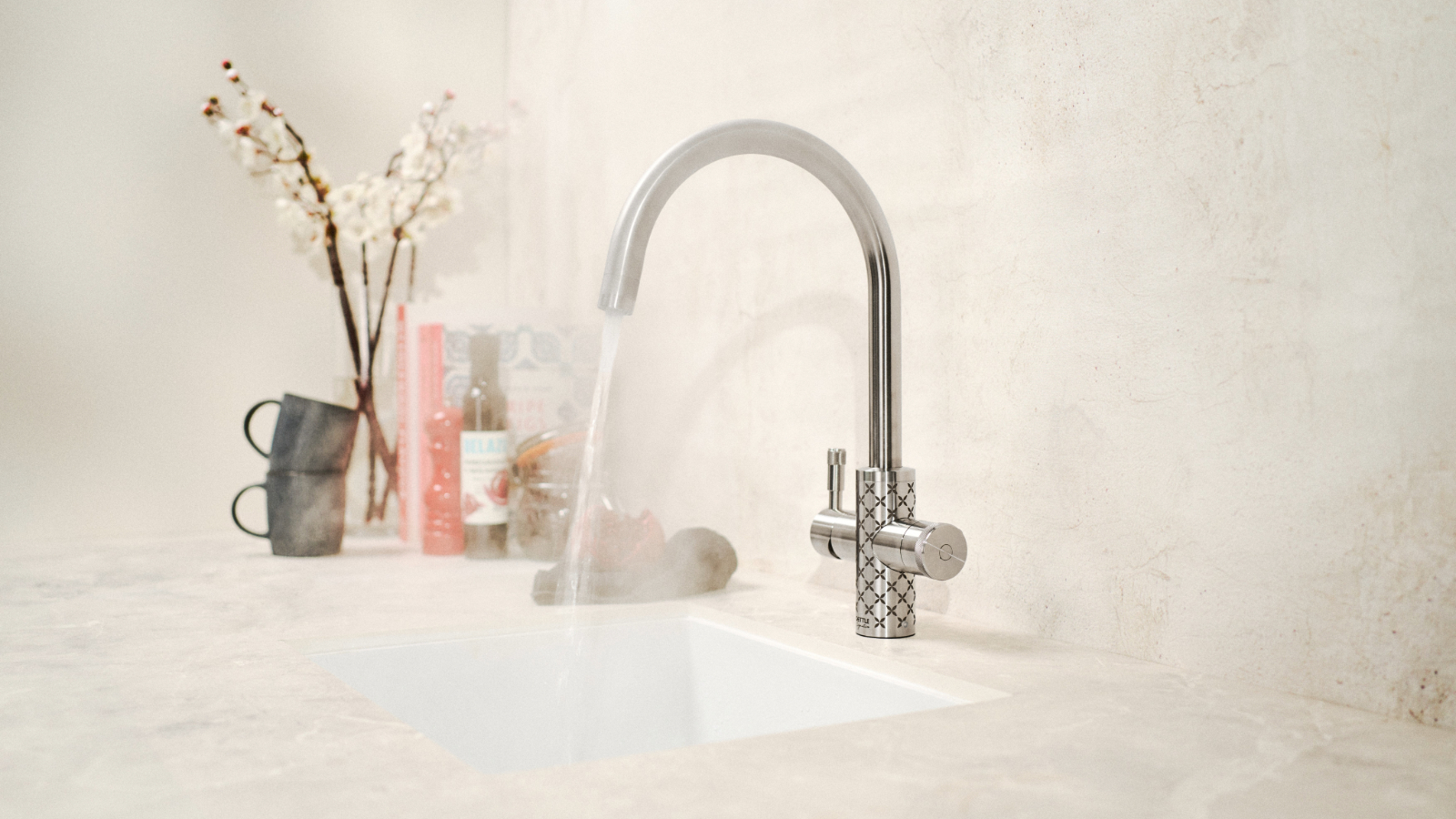What is insulated plasterboard? How it can make your home warmer and more energy efficient
Insulated plasterboard brings plenty of benefits. Discover exactly what it can do for your home

If you’re looking for the answer to what is insulated plasterboard you’re in the right place. In easy-to-understand terms, it’s a smart, dual-purpose material that combines plasterboard and insulation into one neat package. It's ideal for retrofits, renovations and conversions.
Once fitted, you can select any type of plaster to finish, ready for painting or wallpapering. Here, we briefly explore what it is, examine the science behind the insulation, discuss the different types, look at the popular choices, and identify which is the most cost-effective option.

Thomas Oldham has spent the past four years using his expertise of working in the engineering and construction industry for over a decade to develop the UK Construction Blog - a leading online platform dedicated to empowering individuals and businesses in the construction industry
What is insulated plasterboard?
The term insulated plasterboard (sometimes also called thermal plasterboard) refers to a specific type of plasterboard and insulation. Thomas Oldham, Co-founder of UK Construction Blog shares a brief explanation, “Insulated plasterboard is a combination of standard plasterboard with a layer of insulation bonded to the back.”
He adds, “It gives you a smooth, ready-to-finish surface while helping to keep your home warmer, all without losing much room space. It’s an excellent way to boost energy efficiency when you don’t have the depth for traditional insulation.”
Tom Hall, Category executive at Kingfisher Direct, points out, “It significantly reduces installation times and provides cost-saving benefits by preventing the separate installation of plasterboard and insulation.”

Tom's expertise spans a wide range of building and construction topics, and he enjoys sharing his knowledge with those seeking guidance on home improvement and maintenance projects.
Try these insulated plasterboard options

Standard Gypsum plasterboard bonded to 27mm extruded polystyrene insulant makes this an easy to install insulation solution for internal walls and ceilings.

A 12.5mm square edge plasterboard that comes with a metallised polyester backing that helps control water vapour and reduces the risk of condensation damage.

A standard 12.5mm plasterboard with 25mm of PIR insulation bonded to the back of the plasterboard, ideal for loft conversions. Comes as a standard 2.4m x 1.2m board.
The science behind the insulation
The integrated insulation layer in insulated plasterboard is where the magic happens, as Hall explains, “PIR insulation reduces the transfer of heat through a building's structure due to its closed-cell structure that creates a barrier preventing the movement of heat through the material.”
He adds, “The foam contains small interconnected cells that contain air or gas. This air serves as a thermal barrier, creating a resistance when heat tries to pass through the insulation”.
Bring your dream home to life with expert advice, how to guides and design inspiration. Sign up for our newsletter and get two free tickets to a Homebuilding & Renovating Show near you.
The same principle applies to EPS (Expanded Polystyrene) and phenolic foam. In simple terms, all three options keep the warmth in during colder months and the heat out during warmer months.
Oldham adds, “Phenolic foam tends to offer the best insulation for its thickness, while PIR and EPS strike a solid balance between cost and performance.”
Key benefits of insulated plasterboard
Whatever type of insulated plasterboard is being used, it offers many benefits, some more obvious than others.
Energy efficient
Oldham says, “From experience, the main benefits of insulated plasterboard are its practicality and efficiency. It makes a noticeable difference to indoor comfort and helps reduce heating bills.” It directly addresses heat loss through walls (up to 25%).
Hall reinforces the point, “Insulated plasterboard has higher thermal efficiency as it traps heat, which helps to keep your home warmer in the cold weather. This reduces the reliance on heating systems, lowering energy usage and the cost of bills”.
In addition, it will help eliminate drafts and cold spots.
Easier installation
Hall says, “Due to its two-in-one nature, it’s much easier to install than separate layers of plasterboard and insulation.” He adds, “Simplified installation makes it a much more cost-effective choice due to reduced labour costs, as well as lower material costs.”
Typically, you’ll only need screws and a drill to fix. Alternatively, a grab adhesive can be used for a quick and easy installation.
Space saver
The combination of plasterboard and insulation, or just insulation, can make it a real space-saving option. Hall says, “It eliminates the requirement for a separate layer of insulation, which can be highly beneficial in smaller properties where space is limited.”
Types of insulated plasterboard
PIR plasterboard
PIR (Polyisocyanurate) plasterboard is the insulated plasterboard commonly associated with the term. It boasts a rigid foam board that provides high thermal efficiency. This is typically bonded to the back of standard gypsum plasterboard.
This creates a thinner profile, often 37.5mm thick with board and foam. Some PIR boards are faced with foil to improve insulation and act as a vapour control barrier. Typically more expensive than other types, such as EPS.
EPS insulated plasterboard
Expanded Polystyrene plasterboard is similar to PIR plasterboard. Instead of a rigid foam backing, it uses an expanded polystyrene backing that is bonded to gypsum plasterboard. It’s a versatile product that is good for larger areas and is typically cheaper than PIR board.
Phenolic foam
Phenolic foam is a board made from a rigid, closed-cell insulation material. It has high thermal efficiency and typically features foil on both sides to protect the insulation from moisture. Unlike PIR and EPS, it is not bonded to gypsum plasterboard. It comes in various thicknesses and can be more expensive than PIR and EPS depending on the chosen thickness.
Moisture resistant boards
Insulated plasterboard and board include a foil backing to provide a vapour barrier, helping keep the insulation dry and combating moisture and condensation at the same time.
Applications of insulated plasterboard
Insulated plasterboard and its variants are versatile and can be used almost anywhere in a home. Oldham points out a few of its typical uses: “I recommend using insulated plasterboard on internal walls, ceilings, and loft conversions.”
He adds, “But it’s equally useful for garages, garden offices, or extensions that need better temperature control.”
However, depending on what type of insulated plasterboard you are using, it can be used elsewhere, as Hall shares, “It can be used to line external brick walls due to their poor insulating properties.” This makes it ideal for older properties or single-skim walls that lack good insulation.
Hall adds, “They can also be used internally to line floors, walls and ceilings. In particular, they are popular for lining walls and ceilings in loft conversions due to their thinner profile that helps to maximise space”.
Considerations for Installation
When installing insulated or thermal plasterboard, there are a few simple considerations to keep in mind.
Thickness of board
In simple terms, the thicker the insulation, the more efficient it will be. But this depends on the type of board being used. PIR board commonly uses 25mm insulation, while EPS and Phenolic foam board can be purchased in various depths from 25mm to 100mm.
The thicker the board, the more space it will take up in a room; this is especially important to note if indoors.
Cutting and installation
To cut plasterboard, you will need a long, straight edge and a sharp utility knife (like this Amazon Basics Durable Folding Utility Knife). Use this to score the board and finish with a saw. You can use a hand saw or a jigsaw (like this Bosch Home and Garden Jigsaw from Amazon) to cut the board and the insulation.
Installation depends on the surface it is being attached to. The dot-and-dab method or a suitable adhesive are common choices for block walls. If attaching to timber, use plasterboard screws.
Continuous vapour barrier
When using foil-backed or covered board, gaps between fitted boards will allow moisture to seep in. To stop this happening, you will need to use an insulation seam tape like this Gladiator Aluminium Tape from Amazon.
The beauty of insulating plasterboard is that you can finish putting it up in double quick time. Once installed, it’s time for the next steps. Find out how long it takes t plaster a room, before you think about painting new plaster and choosing the right wallpaper tools to finish a room.
Steve Jenkins is a freelance content creator with over two decades of experience working in digital and print and was previously the DIY content editor for Homebuilding & Renovating.
He is a keen DIYer with over 20 years of experience in transforming and renovating the many homes he has lived in. He specialises in painting and decorating, but has a wide range of skills gleaned from working in the building trade for around 10 years and spending time at night school learning how to plaster and plumb.
He has fitted kitchens, tiled bathrooms and kitchens, laid many floors, built partition walls, plastered walls, plumbed in bathrooms, worked on loft conversions and much more. And when he's not sure how to tackle a DIY project he has a wide network of friends – including plumbers, gas engineers, tilers, carpenters, painters and decorators, electricians and builders – in the trade to call upon.

